GLOC!Lay the foundation for lunar exploration gravitational wave frequencies, and it is expected in the future!
Author:Astronomy online Time:2022.09.09
If this crazy thought came true, we can realize the gravitational wave frequency on the moon
Scientists have proposed to establish a gravitational wave observatory on the moon.

The design of cosmology gravitational wave observatory design on the moon. (Picture source: Kalananani)
Humans return to the moon will open a new window for the universe.
The National Aeronautics and Space Agency (NASA) is trying to build a permanent human residence on the moon and around it before the end of the 1920s. It may eventually include a remote radio telescope that is extremely quiet in the moon -maybe there are more ambitious overseas scientific facilities. For example, a recent research supports a gravitational wave observatory on the moon.

Tracking gravitational wave: Ligo (laser interference gravitational wave astronomical platform) laser interference instrument project in the photo
Gravity waves are ripples generated by the acceleration of large quality objects in time and space. In 1915, Albert Einstein's general theory of relativity predicted them, and one century was first detected by laser interference gravitational wave observatory (LIGO (laser interference gravitational wave celestial platform)).

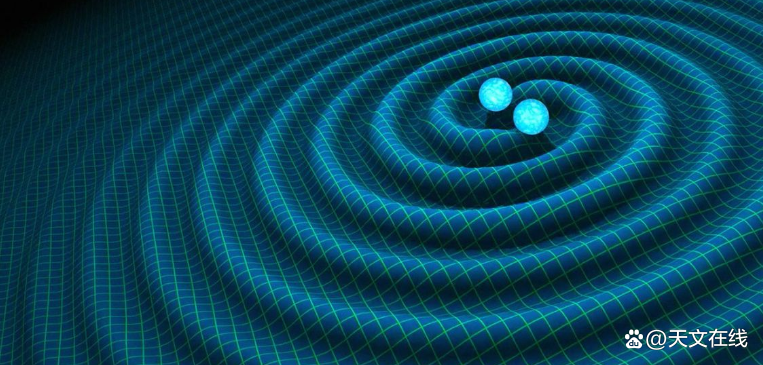
LIGO (laser interference gravitational wave astronomical platform) has a detector in both locations, one in Louisiana and the other in Washington. Each detector is an L -shaped structure, with a length of 2.5 miles (4 kilometers), and there is a laser in the center of the array. The laser shines the light to each detection arm, and then reflects the light back with a mirror. If the light from a detection arm comes back a little later, it may be a description of deformity caused by gravitational waves.
So far, the LIGO (laser interference gravitational wave astronomical platform) team has detected dozens of gravitational waves, most of which are caused by the galaxy between the two black holes. But this is a difficult task, and our noisy and active earth makes the discovery signal difficult.
This new study also pointed out that the moon is in an extremely quiet space.
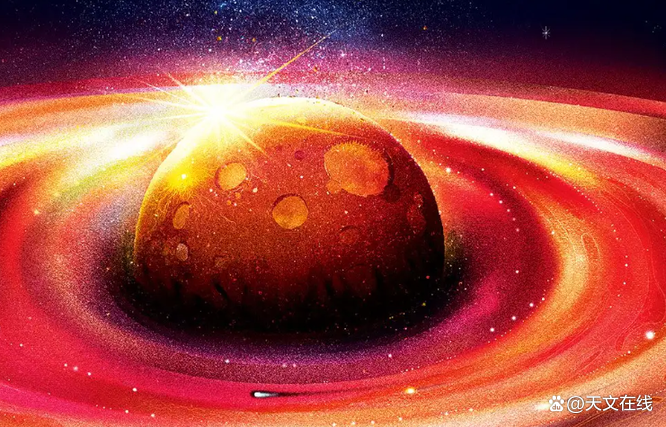
"The moon provides a relatively ideal condition for the ultimate gravitational wave Observatory, because its atmosphere is thin and an obvious earthquake noise is issued. We must use the laser interference instrument on the earth to reduce these noise." Jiawi Lebu said in a statement.
Rob said: "The moon observation station will provide us with unprecedented sensitivity for us to discover unexpected resources, and may be inspired by our exploring the field of new physics."
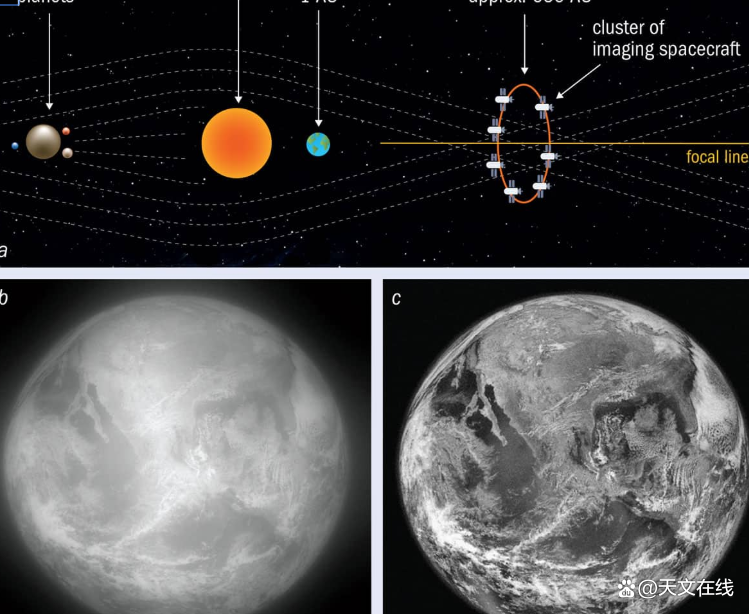
Lunar timeline: humans explore the moon
"GLOC" is the abbreviation of the cosmic gravitational waves of the moon, and Robe and the main authors of the study Karanani put forward the name to the moon facilities. Compared with LIGO (laser interference gravitational wave astronomical platform) and other detectors on the earth, GLOC will be huge, and its equipment arm length is 25 miles (40 kilometers). Researchers have calculated that its sensitivity is extremely high, and the phenomenon of gravitational waves can be found in nearly 70%of the observable volume in the universe.
"Until deeply understanding the natural conditions on the moon, we found that the most challenging gravitational wave spectrum can be measured better from the surface of the moon. Celestial physicists said in the same statement.

At present, GLOC is just a proposal stage, but Jani and Lebu said they hope to carry out lunar developer projects in the next few years to test GLOC technology. Researchers say that if GLOC or similar things will eventually be completed, it will bring considerable prospects to science in the next decades.
Janny said in a statement: "Unlike the space mission that only lasts for several years, GLOC's huge investment benefits are that it has established a permanent base on the moon, which can maintain generations to study the universe, which almost includes the whole century."
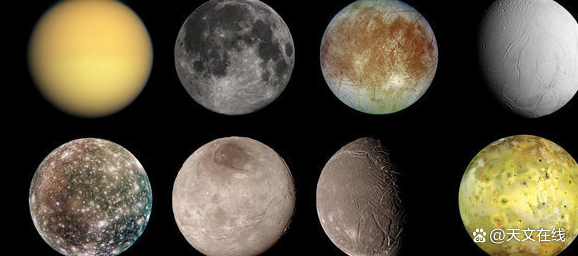
related information
Laser interference gravitational wave observatory (English: Laser Interfermeter Gravitational-Wave Observator (abbreviation: LIGO) is a large-scale physical experiment and astronomical observation desk for gravitational waves. Dun, a laser interference instrument respectively. The use of two almost the same interference instruments to screely test can greatly reduce the possibility of misjudgment of false gravitational waves. [1] The sensitivity of the intervention instrument is extremely high. Even if the length of the interference arm with an arm length of 4 kilometers, any change in any change in the charging diameter of the proton can be accurately detected. [2]
By: Mike Wall
Fy: jane
If there is related content infringement, please contact the author to delete after the work is released
Reprinted, please obtain authorization, and pay attention to maintaining integrity and indicating the source
- END -
CCTV focuses on three consecutive years, and the number of wisdom engines has achieved cross -bank transformation applications
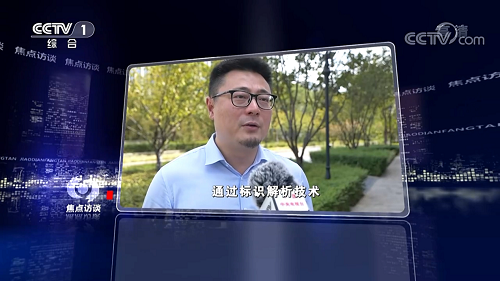
CCTV focus interviews have been focusing on Luomi for three consecutive years. Thr...
Hubei citizens have a scientific quality proportion of ten years to 10.95%.

The scientific quality of citizens is an important part of the national quality an...